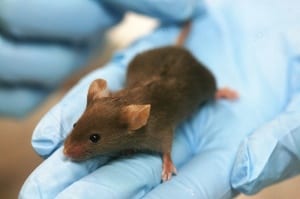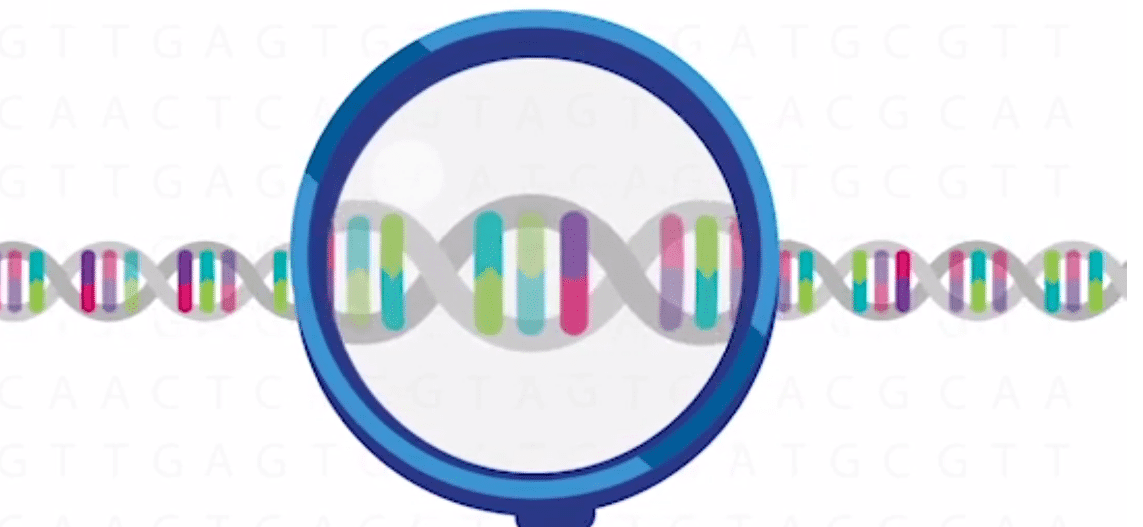
Before efforts to sequence the human genome began, scientists thought they’d find about 100,000 protein-coding genes in the three billion bases pairs of DNA that are found in almost every cell.
But much to everyone’s surprise, the true number turned out to be much lower. It’s now thought that the human genome contains only about 20,000 protein-coding genes, representing less than 2% of the contents of the genome.
Ultraconserved Elements
Much of the remaining 98% of the genome remains a mystery. Some chunks of this DNA are referred to as “ultraconserved elements” because they have remained practically unchanged through hundreds of millions of years of evolution in many species.
It is a basic principle of biology that if something goes unchanged for that long, it ought to be good for something. Yet the function of ultraconserved elements is completely unknown. In fact, laboratory studies in mice have shown that the animals do just fine when some of the ultraconserved elements are deleted.
Humans and Macaques
To find out if ultraconserved elements really are dispensable, Cory McLean and Gill Bejerano of Stanford University analyzed ultraconserved elements and non-conserved DNA sequences in five mammalian genomes.
Their results, published online today in Genome Research, show that regions of DNA that are identical or very similar between humans, macaques, and dogs are about 300 times less likely to be missing in rats and mice than regions that are not as closely conserved between the primate and dog species.
It’s not that ultraconserved regions are somehow protected from change. The researchers suggest that in the wild, mutations in these elements put affected animals at a disadvantage, causing the changes to be swept away over time by natural selection. But in the lab there isn’t a whole lot of natural selection – in an environment where mice are treated to filtered air, an absence of predators, and all the food and water they could ever want, any loss of fitness due to lost ultraconserved elements doesn’t seem to have any observable consequences.
What it might mean
McLean and Bejerano also found that DNA sequences that can be traced farther back in evolutionary time are more likely to be conserved in diverse species today.
“The longer the sequence has been in us, the less likely it is to be lost. It’s almost like the bricks in the foundation of a building, which hold up the rest of the structure,” said Bejerano in a statement.
Detailed new genome sequences from a variety of mammals will allow Bejerano’s research team to further analyze ultraconserved elements and perhaps ultimately understand what it is they are doing in the genome.
“Evolution is a lot of fun,” said Bejerano. “You answer one question, and five others pop up. But one of the most rewarding things to me is the fact that we’re developing a growing appreciation for how much these regions actually matter.”

